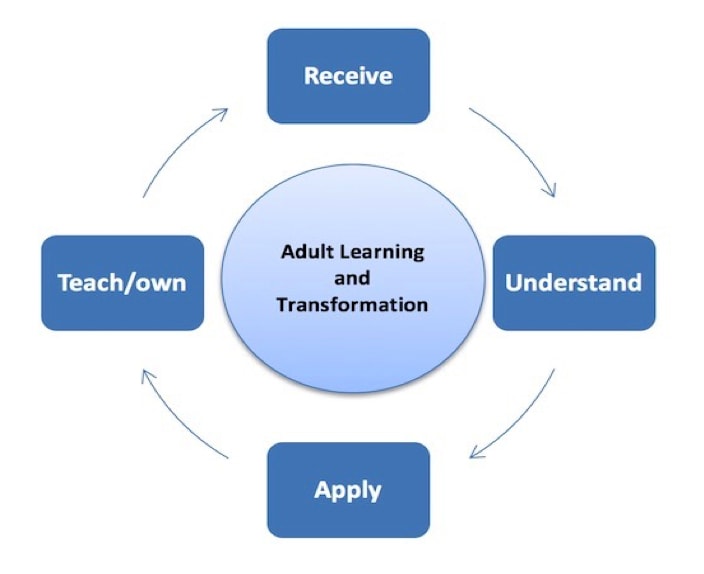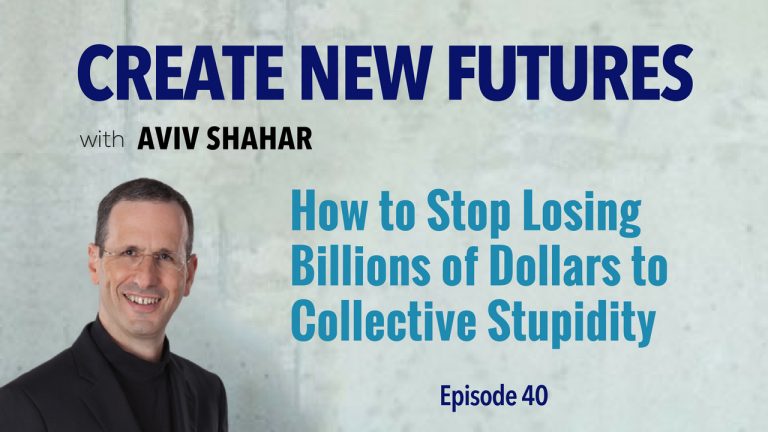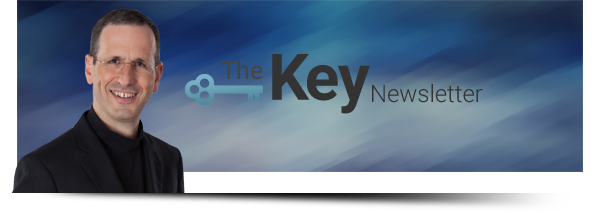Hi Leader,
You can access the podcast version of this Key here.
In my previous article How to Accelerate Personal Growth and Organizational Transformation, I outlined the four stages of adult learning. My premise is based on the distinction between the toddler's learning experience and the anatomy of adult learning.
To this day, I vividly remember our son at ages three and four standing and staring at the world around him. Putting my ear close to his head, I felt I could almost hear the 3D printing going on inside his head. At that age, enjoying near 100% brain plasticity, he was fully absorbed by the immersive experience of the world around him as it was being converted into a topography of meaning and fashioned into a neural network of connections. The toddler's capacity for exponential learning is one of the greatest miracles on Earth.
Adult learning occurs differently. We no longer enjoy 100% brain plasticity. Therefore, instead of immersive learning that enables the brain to be molded in a 3D printing-like experience, adults must rely on situational and contextual learning that builds on their existing network of knowledge and experience. We learn by what we focus on and what's important for us, by the contextual relevance of what we are trying to solve and address. The four stages of adult learning explain this process.

| Stage 1: | Receive You take in new information. |
| Stage 2: | Understand You internalize the information and validate its implications. |
| Stage 3: | Apply You "run water through the pipes" to use the learning in specific situations. |
| Stage 4: | Teach/own You model the new learning for others, thus taking responsibility for the continuation of the learning cycle. |
To facilitate organizational transformation and to help your team members accelerate their personal and collective learning, you must design experiences that guide them through all four of these stages, and in the correct order. Here's what that process may look like.
First, introduce mission-critical information and insights about a desired future state of the business. Identify behaviors critical for success.
Second, enable team members to internalize and validate the information by discussing the personal implications of the insights.
Third, enable team members to move from internalizing the insights to applying them by addressing a series of concrete opportunities and challenges that engage them in solving to the desired future.
Fourth, release team members to co-create, teach and co-own the desired outcomes by asking them to deploy the agreed solutions to these challenges and implement the approaches they developed and practiced.
How to stop losing billions of dollars to collective stupidity

Listen Here: Episode 40: How to Stop Losing Billions of Dollars to Collective Stupidity
This four-stage process facilitates a robust and emergent learning application by enabling teams to test new skills and to practice and coach each other in new behaviors.
What causes the breakdowns that produce devastating loss of ROI
Three points of breakdown in the learning cycle that typically occur every day in your company result in a catastrophic loss of ROI (return on effort, time, and learning). I have observed these breakdowns even in the most admired companies in the world. The impact is a disaster for the growth of the organization and its ability to serve its purpose. By creating collective stupidity instead of producing collective wisdom, teams produce spectacular organizational failures that lead to strategic fiascos. Here's why these failures occur, and what you can do to avoid them.
The first breakdown in the learning process occurs when learning is aborted before it is applied.
The learning insight dies at the point of intellectual stimulation (stage 1) or the insight is abandoned even after it is validated and internalized (stage 2) because of a lack of urgency and the failure to apply the insight. Stopping short of stage 3 of the learning process (application) is the first major learning breakdown.
We've all seen highly capable managers come out of a rich learning experience only to be overwhelmed by the tyranny of the urgent, getting sucked back into the weight of crisis, of routine and 544 unread emails. To avoid this breakdown, I have instituted the 72-hour rule in all of our sessions.
The second breakdown in the learning process occurs when teams rush from new insights to instant deployment, skipping a critical validation point.
Omitting the corroborative alignment of stage 2 by moving hastily from stage 1 directly to stage 3 tends to produce ill-fitting and faulty applications because the learning cycle gets broken. As a result, the insights and chosen strategic solution are only partly understood and they are translated differently by team members.
We've all seen teams excited about a new insight rush to formulate a strategy, only to discover during implementation that they are executing and operationalizing on divergent paths. Had they taken the time to validate that they have a shared picture of the future and the outcomes they hope to create, they could have achieved the desired result.
The third breakdown in the learning process occurs at the application stage (3).
Although pockets of excellence may develop, teams fail to take full ownership and catalyze the enterprise-wide embrace of the focusing insights and practices.By settling for limited application and failing to catalyze an end-to-end committed practice and accountability, individuals and their organizations miss the fullest potential of their growth.
The best companies in the world strive to convert meaningful breakthroughs and innovative ways of doing business into the norm of the company. Yet every day we see that even their teams sometimes fall short during the application stage. Failing to build a company-wide culture of learning application and ownership leaves breakthrough practices as incomplete developments that marginally affect a limited part of the organization.
The bottom line: in terms of missed opportunities and people's curtailed and stifled growth, the cost of the cumulative losses of learning application due to these three failure points can be measured in billions of dollars.
Now it's your turn. Turn the key. How will you proactively prevent the catastrophic loss of ROI resulting from the breakdowns in the learning process? How will you apply the four stages of learning to enable breakthrough growth today?
Teach and coach your teams to recognize the three points of learning failure. Be present to learning opportunities and realize their transformative potential by building momentum and discipline that leads to a purposeful sense of ownership.
How to Set Yourself Free with David Gommé

Listen Here: Episode 39 - How to Set Yourself Free with David Gommé
"As you learn to evaluate a situation from the standpoint of the situation, you begin to discover new capacities in yourself that you previously never realized."
Episode Summary
David Gommé is the founder of Future Dynamics. He is a big picture thinker, and an intuitive CEO coach who brings game-changing insights to help leaders unleash latent capabilities and translate ideas to produce sustained results.
In this conversation we reflected on the risks of leadership stress, the Ten Actors Methodology, the lesser and the greater person inside each one of us, how humans were meant to think with feeling, and the Law of Three Octaves. Please take a listen and enjoy the discovery.

